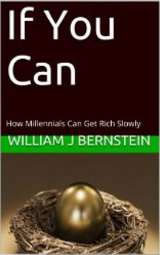 I just finished reading If You Can: How Millennials Can Get Rich Slowly, a free starter book on personal finance by respected author William Bernstein. As the PDF was only 16 pages long, you could probably finish it during a lunch hour or commute. I recommend it, but even Bernstein notes that his “inexpensive, small booklet” is more of a map than a complete book. Included were several book assignments to address specific topics. The idea is a young person could read all of these books over the span of a year or two and round out their financial education. In the meantime, start saving 15% of your income!
I just finished reading If You Can: How Millennials Can Get Rich Slowly, a free starter book on personal finance by respected author William Bernstein. As the PDF was only 16 pages long, you could probably finish it during a lunch hour or commute. I recommend it, but even Bernstein notes that his “inexpensive, small booklet” is more of a map than a complete book. Included were several book assignments to address specific topics. The idea is a young person could read all of these books over the span of a year or two and round out their financial education. In the meantime, start saving 15% of your income!
Here is the recommended reading list:
- Learn the importance of controlling spending. The Millionaire Next Door: The Surprising Secrets of America’s Wealthy by Thomas Stanley and William Danko
- Learn financial basics. Common Sense on Mutual Funds by Jack Bogle
- Learn financial history. Devil Take the Hindmost: A History of Financial Speculation by Edward Chancellor and The Great Depression: A Diary by Benjamin Roth (my review)
- Learn about yourself and behavioral biases. Your Money and Your Brain by Jason Zweig
- Learn about the financial industry. Common Sense on Mutual Funds by Jack Bogle (again)
- Learn more about the nuts and bolts of investing. How a Second Grader Beats Wall Street by Allan Roth and All About Asset Allocation by Rick Ferri.
Bernstein thinks it tacky to recommend his own books, so let me do it. Back when I was a young lad with no investing knowledge (2004), my favorite introductory book was Four Pillars of Investing by William Bernstein. (The new edition is really just the old edition though, so buy a used copy of the old edition and save some money.) However, more recently I have heard good things about Investor’s Manifesto which supposedly has less math-y stuff.
I’ve read all but two of these books and agree that they were all excellent building blocks of knowledge. Most if not all of these books have been around for a while and should be readily available for free at your local library. Even if you pay for them, the return will be well worth the investment. I added a new copy of all seven books to my cart and it came to under $100 at Amazon ($91.48 to be exact). Good graduation gift ideas?
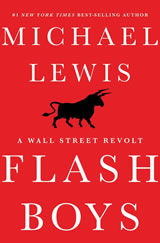
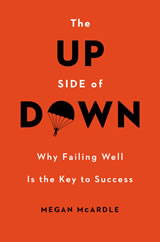
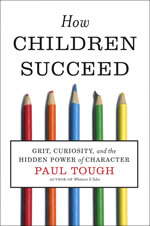
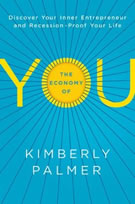
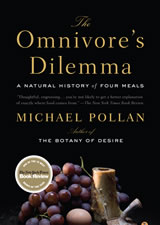
 Consider the following questions that you may have asked yourself recently:
Consider the following questions that you may have asked yourself recently: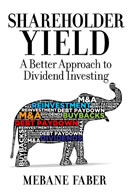 I’ve read a few books about dividend investing and remain interested in the idea, although I’m not confident enough (yet?) to allocate my portfolio that way. Portfolio manager and writer Mebane Faber has a short book called
I’ve read a few books about dividend investing and remain interested in the idea, although I’m not confident enough (yet?) to allocate my portfolio that way. Portfolio manager and writer Mebane Faber has a short book called 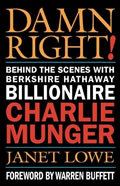
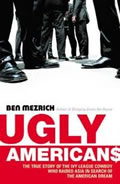 I’ve been falling behind on my book reviews. Here’s an older book I found that made for good airplane reading –
I’ve been falling behind on my book reviews. Here’s an older book I found that made for good airplane reading –  The Best Credit Card Bonus Offers – 2025
The Best Credit Card Bonus Offers – 2025 Big List of Free Stocks from Brokerage Apps
Big List of Free Stocks from Brokerage Apps Best Interest Rates on Cash - 2025
Best Interest Rates on Cash - 2025 Free Credit Scores x 3 + Free Credit Monitoring
Free Credit Scores x 3 + Free Credit Monitoring Best No Fee 0% APR Balance Transfer Offers
Best No Fee 0% APR Balance Transfer Offers Little-Known Cellular Data Plans That Can Save Big Money
Little-Known Cellular Data Plans That Can Save Big Money How To Haggle Your Cable or Direct TV Bill
How To Haggle Your Cable or Direct TV Bill Big List of Free Consumer Data Reports (Credit, Rent, Work)
Big List of Free Consumer Data Reports (Credit, Rent, Work)